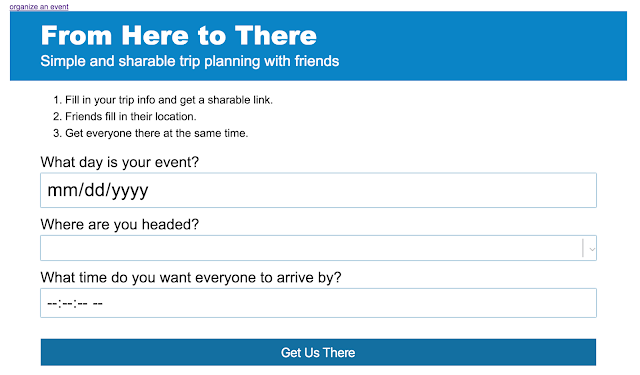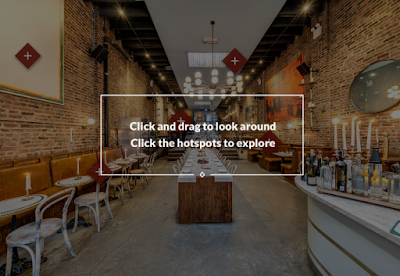Medium
Networking sucks. Because people don’t give a shit. This article, “Networking sucks. Because people don’t give a shit”, made me really think about what kinda of people I want to connect with after college. In our field, networking with the right people can land you your next job. But there are definitely people you meet that only want to know you long enough to find out if you are any use to them, like a means to an end only and not a human being. Jon Westenberg lists a few simple but effective traits to watch for for people who generally care for you. Westenberg lists people that people who genuinely care will chat with you, help you with anything anyway, and ask you for realistic favors. Something that resonated with me was “I want to meet people who give a shit. They don’t have to be wildly successful, they don’t have to be able to help my career, they don’t have to have a background in marketing or business, I just want them to care about what I do, what I love, and



